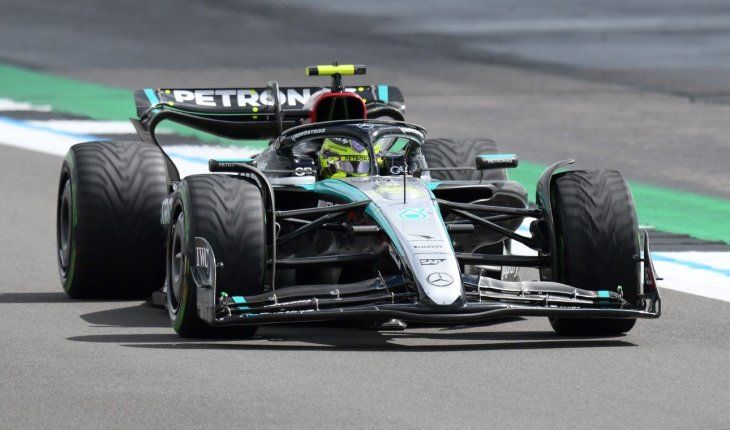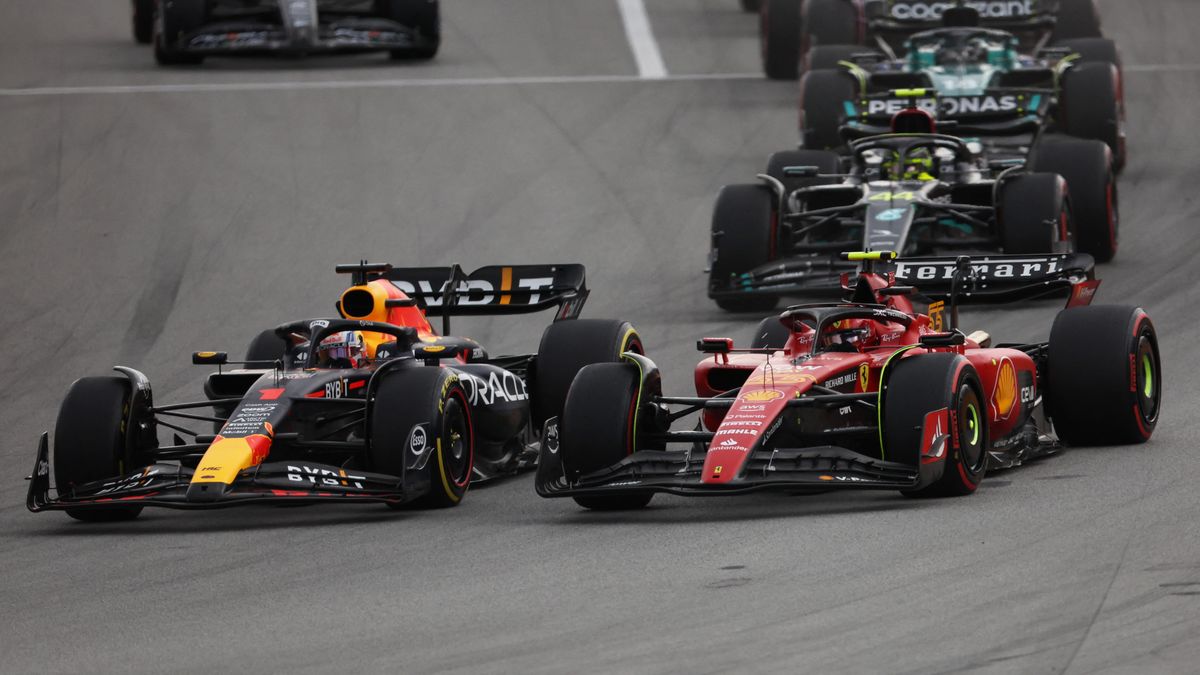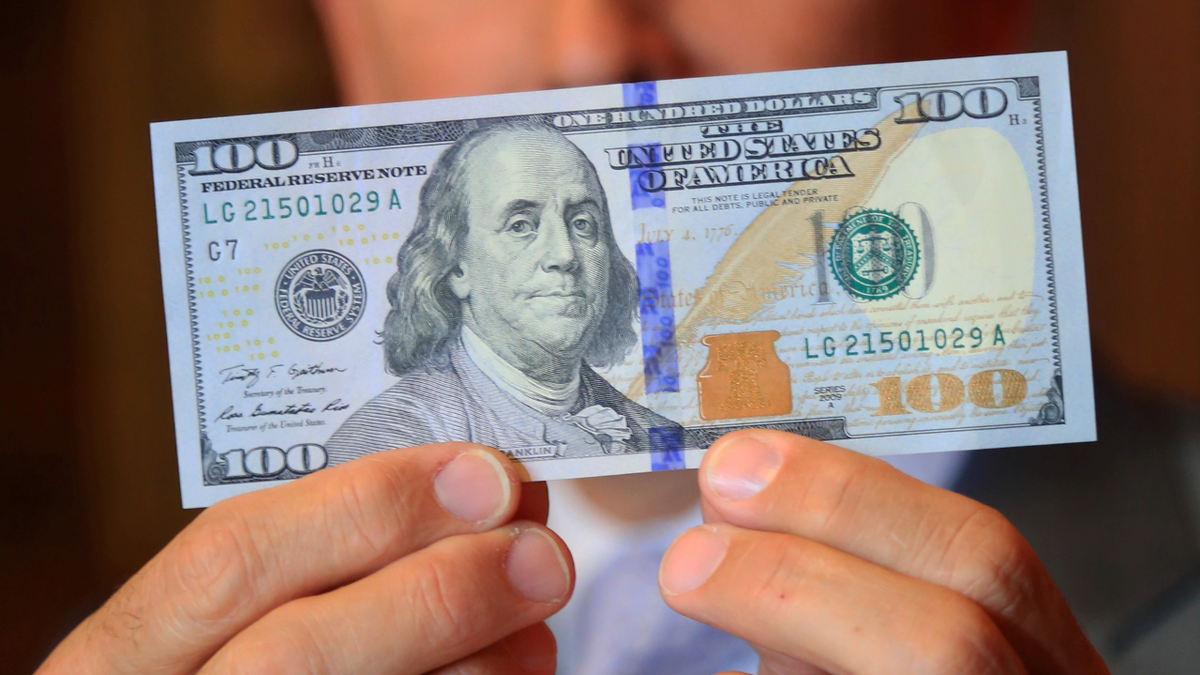Among all the changes that the nuva season of Formula 1the concern for the dreaded aerodynamic phenomenon of the PORPOISINGwhich had already caused problems in the past, affecting the performance of the car Due to the recent modifications to the ailerons imposed by the International Automobile Federation (FIA).
Engineers fear this alteration affects the stability and safety of carswhile the pilots are alarmed by the physical repercussions that could cause them during the races.
Formula 1 Abu Dhabi.png
Changes in FIA ailerons could bring back the rebound effect, a challenge for both engineers and pilots.
@abudhabigp
What is porpoising?
PORPOISING is an aerodynamic phenomenon that occurs when The air flow under the flat bottom of a Formula 1 car generates a high -speed rebound effect. This aerodynamic collapse causes the vehicle to rise and fall repeatedly, as the movement of a dolphin in the water.
This continuous rebound generates a loss of car control And it represents a significant challenge for the pilots, who must deal with the instability of the car while trying to maintain performance in the curves.
Porpoising effect became a Great problem during the 2022 seasonwhen several teams faced difficulties to control the behavior of their cars. Engineers cannot reproduce this phenomenon exactly in wind tunnels or simulators, which makes finding solutions even more complicated. Despite the advances in design and technology, the phenomenon remains unpredictable and difficult to control with current systems.
In addition, it has a Physical impact on pilots. The constant vibration and the effort to stabilize the car can generate muscle and joint pain, especially in the cervical zone and the lower back. Lewis Hamilton, For example, he suffered important physical discomfort during the 2022 season due to this phenomenon. The new modification on the ailerons could trigger these effects again, complicating the safety and well -being of the drivers.
Hamilton.jpg

PORPOISING generates physical pain in drivers, with sequels such as back pain and cervical vertebrae.
Photo: EFE
How Pilots affect PORPOISING: Pierre Gasly’s case
The pilot Pierre Gasly was one of the most vowels about it. In 2022, when he was in Alphatauri, he expressed concern about the impact of porpoising on his health. “We are pilots and we always want the fastest car, but I don’t think the FIA should put ourselves in a squeeze in which we have to negotiate between health and performance”Gasly commented.
The pilots’ concern is clear: porpoising not only generates pain, but also puts their long -term well -being at risk, especially because the sequelae of this effect can include neuronal damage and persistent muscle pains.
In addition to the French, other pilots joined the protests for the conditions of the cars. “I don’t know if it’s dangerous, but I do not understand that at the end of each race we have 20 pilots with back pain. It is something that we can endure one or two races, not ten, ”warned the Spanish, Carlos Sainz.
In several of the races of that same season, Lewis Hamilton complained about this same problem since Mercedes took a long time to discover a solution “The hardest and most painful race of my life. I don’t want to have this bounce back in my car and I will do everything possible to avoid it next time. This car bounces a lot and in more than once I almost went against the wall, particularly in some curves. I think I had never experienced something like pilot ”, The Britain declared.
A challenge for engineers
Formula 1 engineers are facing an important dilemma. While they seek to minimize porpoising, the solutions that can be adoptedsuch as the increase in the rigidity of the suspensions or the adjustment of the flat bottom of the car, They can have negative repercussions in other areas, such as braking capacity and speed in curves.
In addition, the reappearance of porpoising could imply a greater degradation of the tires, which would directly affect the performance of the car.
The modifications that the FIA decided to implement on the ailerons generated discomfort in some shudges, which feel they dwastible the time and resources In the design process by 2025. The rebound effect, which had been controlled in the previous season, could return with these changes, which represents a challenge for both engineers and pilots. The search to A balance between speed and safety It will be crucial in this season, but also a complex and expensive task for teams.
Source: Ambito
I am Pierce Boyd, a driven and ambitious professional working in the news industry. I have been writing for 24 Hours Worlds for over five years, specializing in sports section coverage. During my tenure at the publication, I have built an impressive portfolio of articles that has earned me a reputation as an experienced journalist and content creator.




